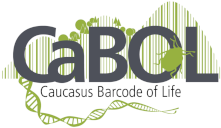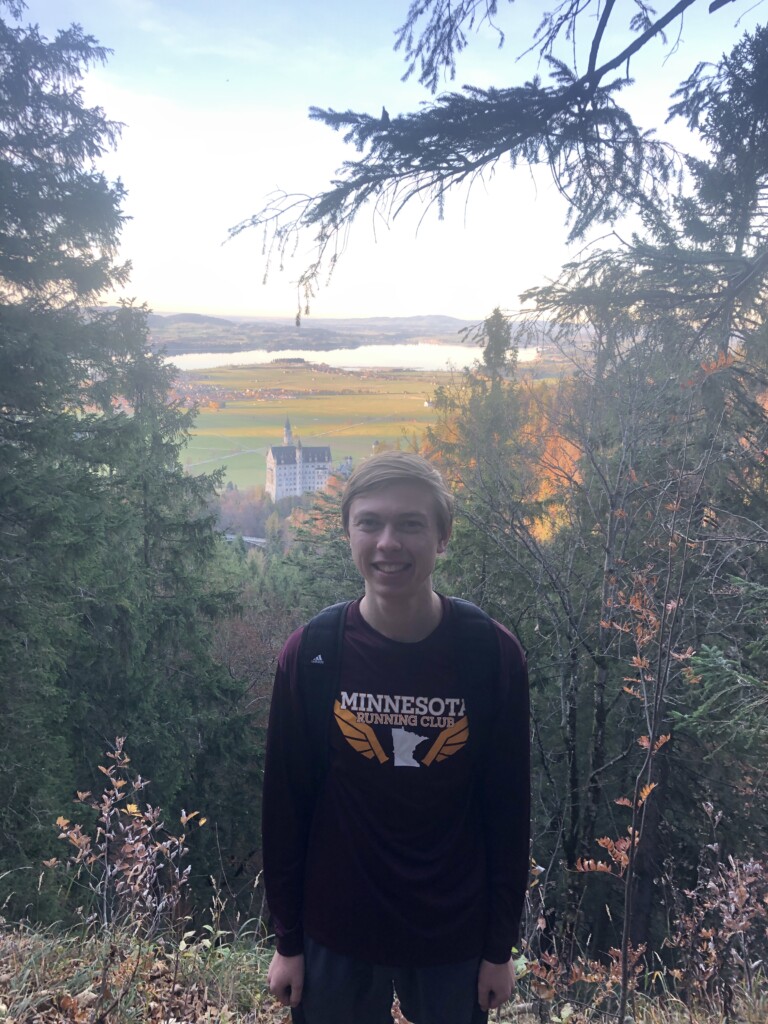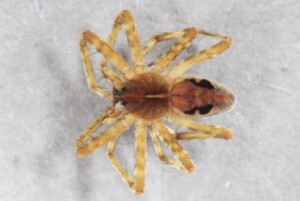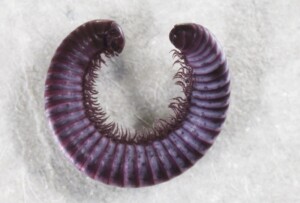Attention students interested in biodiversity 

CaBOL has a strong interest in fostering the research ambitions of young scientists. We are seeking motivated individuals with an interest in biodiversity research, who might wish to pursue their scientific interests under CaBoL auspices. If you are interested in the nitty gritty of molecular taxonomy, if you have a favorite group of plants or animals you want to learn more about–spiders? orchids? dragonflies?–or if you want to learn how modern molecular genetics tools assist in species conservation, we encourage you to contact us. If you have a particular interest in a taxon, please consult the relevant CaBOL researcher directly to explore possibilities for volunteering, or working with a specialist on a particular taxon. In addition, when CaBOL faculty have projects suitable for BSc. or MSc. student participation, these will be posted here; keep checking this space.
CaBOL Theses
Master Thesis by Tinatin Chkhartishvili
The diversity of syrphids (Diptera, Syrphidae) along an elevation
gradient in Kintrishi natural reserve

Abstract
The distribution of species by the elevational gradient around the world has been studied on the example of numerous animals or plants. There is not much information about the family Syrphidae in Georgia, especially about the distribution of species. For this very reason I have studied the distribution of hoverfly species of hoverfly in the height gradient (from 403 to 2458 m) in the protected areas of Kintrishi. In total, I selected 891 individuals, representing 75 species of 28 genera. Morphological research has identified 13 new species for Georgia (They are now sent for genetic analysis). The distribution of species diversity depends on the height and habitat. Most species prefer the montane zone (mid-elevation). According to extrapolated and real data, Hoverfly are characterized by the hump shaped distribution, and they may also be affected by the mid-zone effect (MDE).
CaBOL Internships
Jonathan Wiese

Hi! My name is Jonathan Wiese, and I am a third year undergraduate student studying Evolutionary Biology at the University of Minnesota. This fall I spent three months working on the CaBOL project at the Alexander Koenig museum in Bonn, Germany as part of an internship funded by a DAAD RISE scholarship.
By working on the CaBOL project for three months, I learned about all of the steps of the CaBOL workflow that leads from specimen collection to database entry. The task I spent the most time on was sorting arthropods from Georgian and Armenian malaise traps to the order and suborder levels, which helped me learn a lot about arthropod taxonomy. I also learned how to use the camera and imaging software, and I was able to take pictures of hundreds of individual specimens to be included on the CaBOL database. Lastly, near the end of my internship I had the chance to look more closely at the beetle family Curculionidae (weevils) and practiced sorting specimens to the morphospecies level.
Outside of my day at the museum, I learned a lot about what it is like to live and work in Germany. I rode the train to work every day, shopped for groceries at Rewe and Aldi, and picked up Brötchen at the bakery.

My favorite part about living in Bonn was that I was able to spend a lot of time outside by taking walks along the Rhein river, hanging out in the Rheinaue park, and hiking in the Siebengebirge.
I also took advantage of my time here to do some traveling around Germany. I was able to visit several cities around the country, including Cologne, Bremen, Munich, and Berlin! My favorite experience was hiking around the Neuschwanstein castle in the Bavarian Alps. This was my first time hiking in real mountains and I thought it was really cool!
Overall, I have had a great time living in Bonn and working on the CaBOL project this fall and I’m very grateful to have had this opportunity!
— Jonathan Wiese


